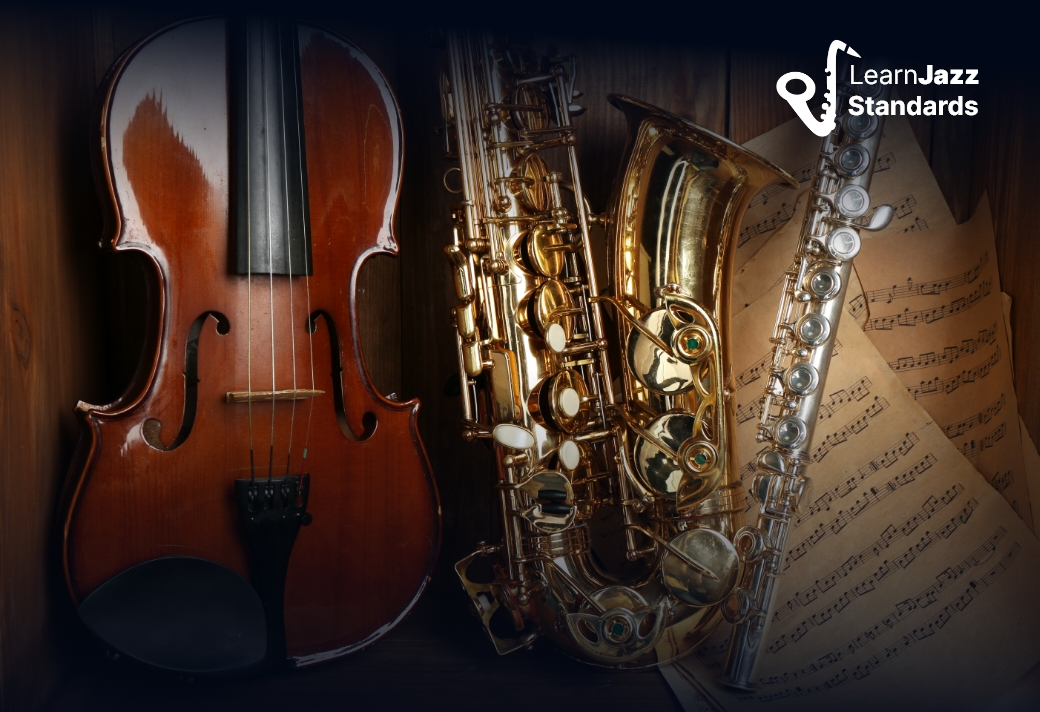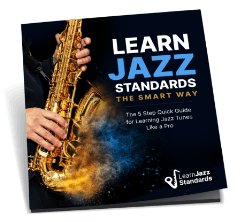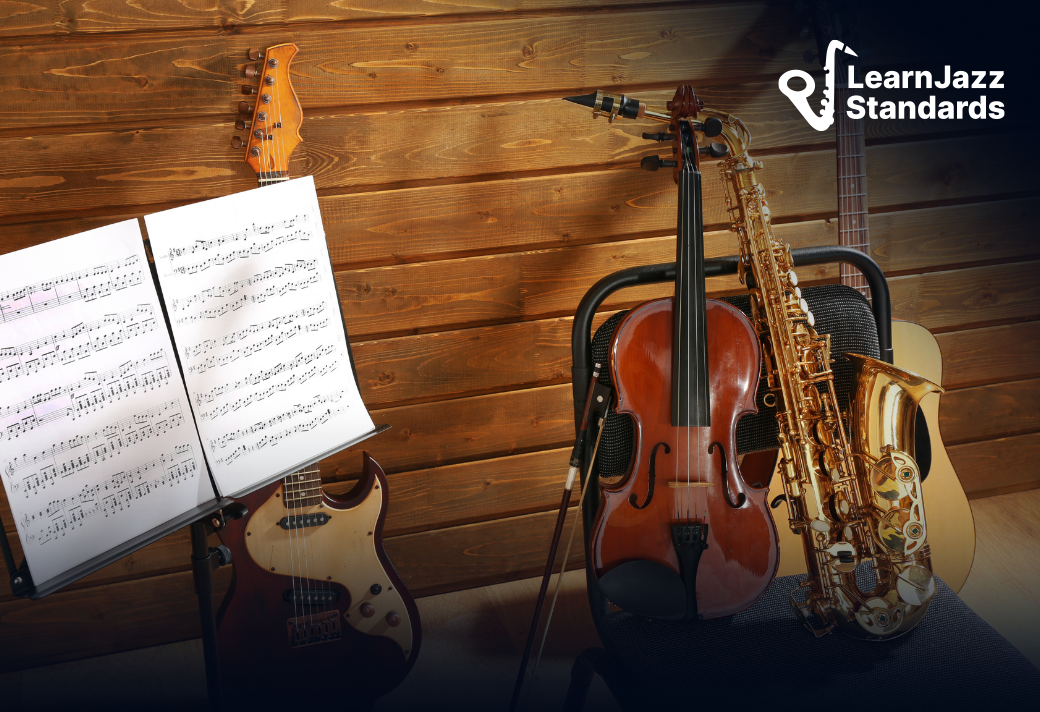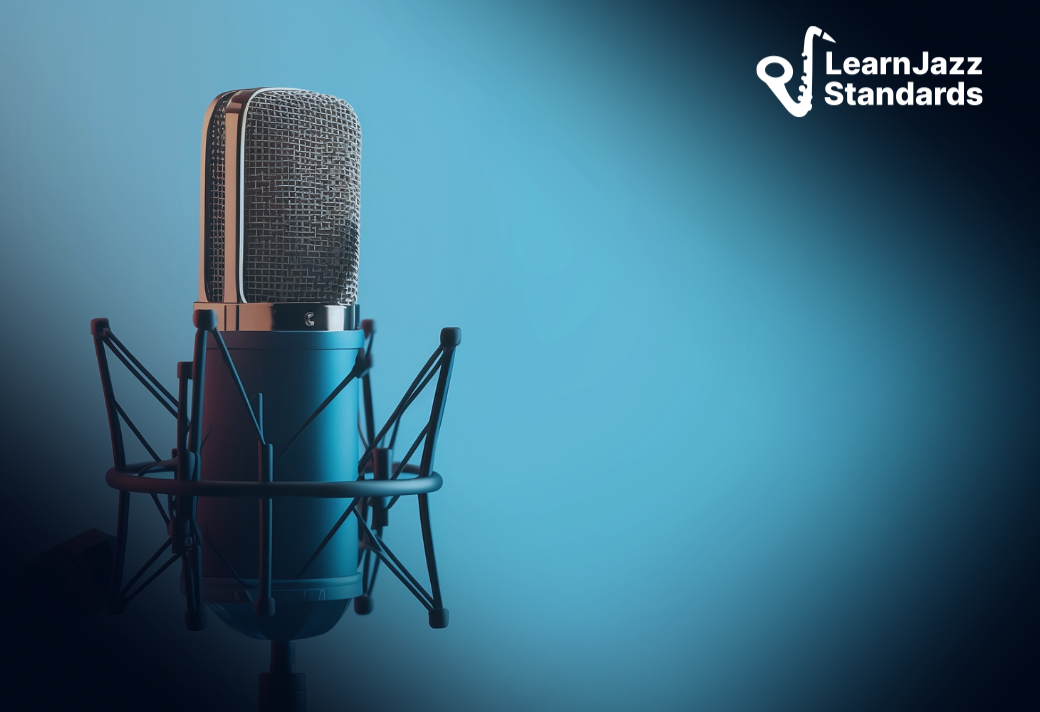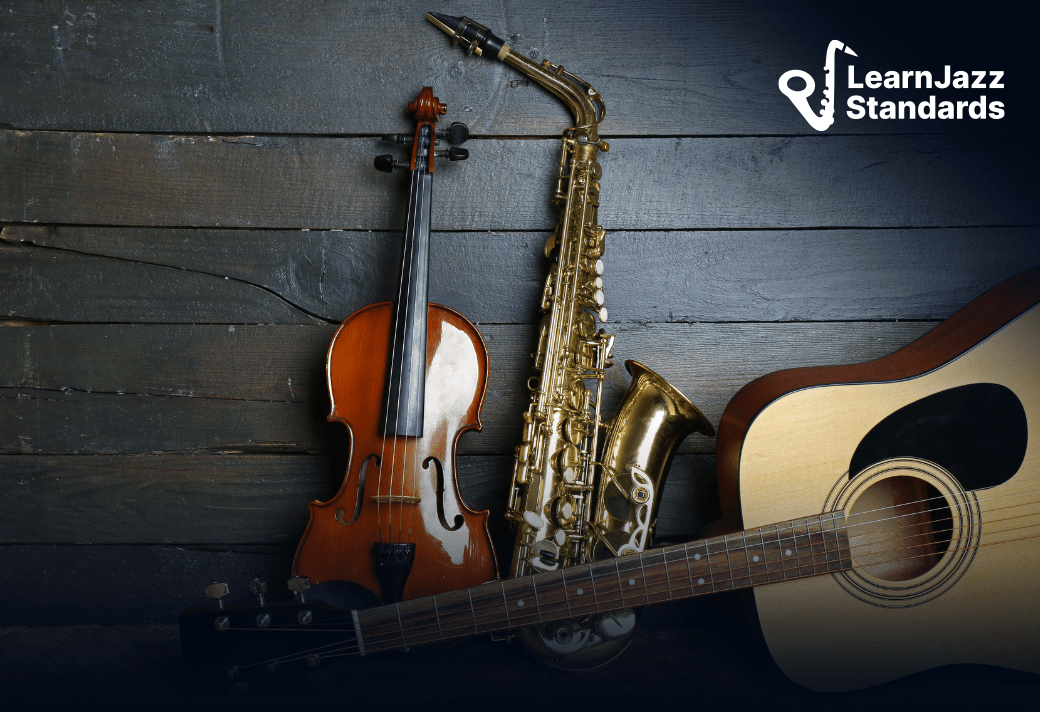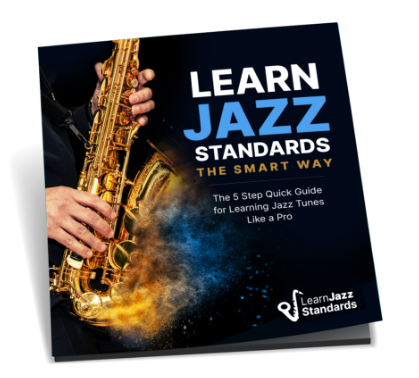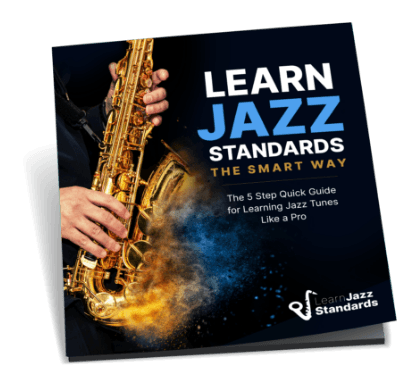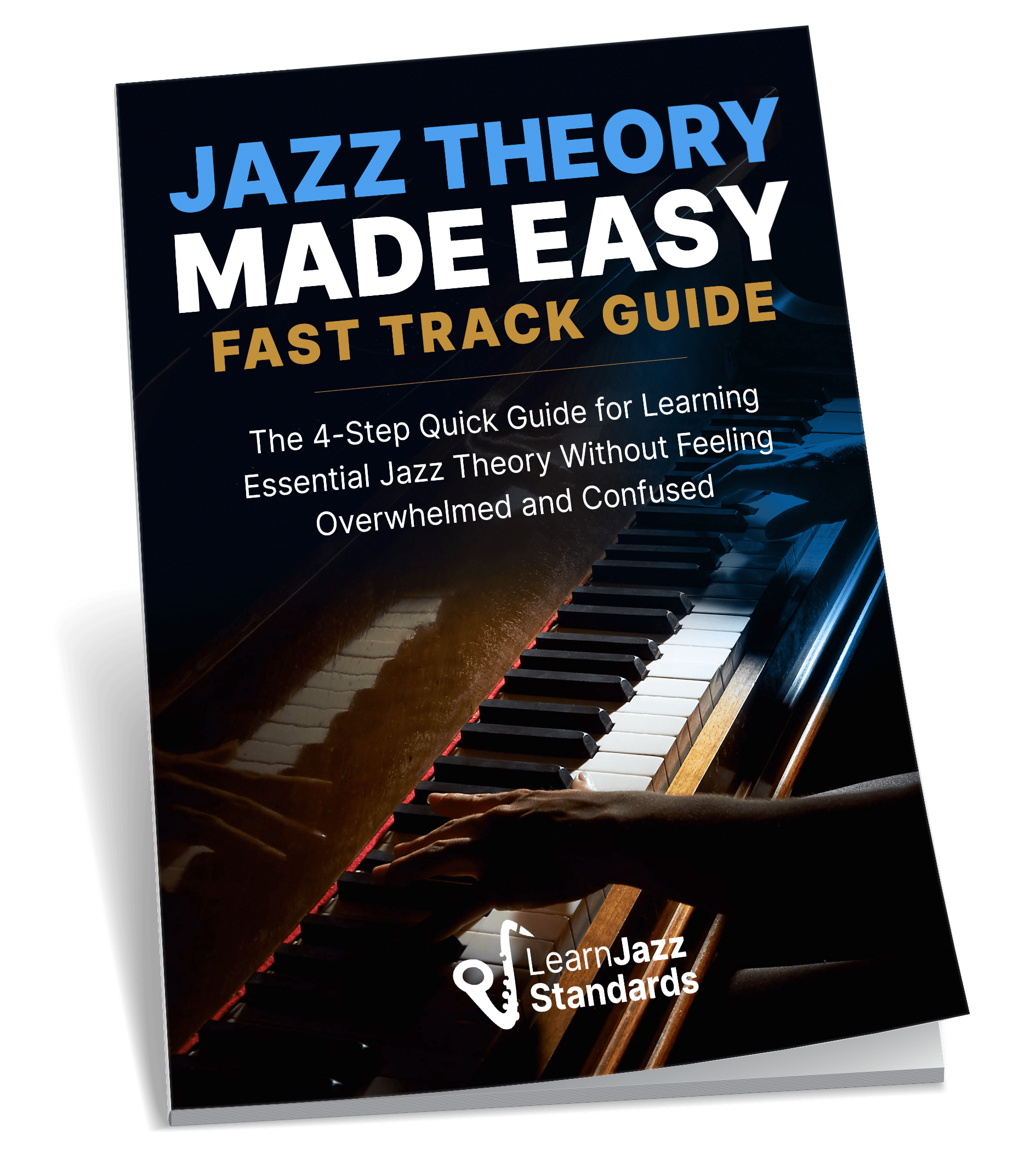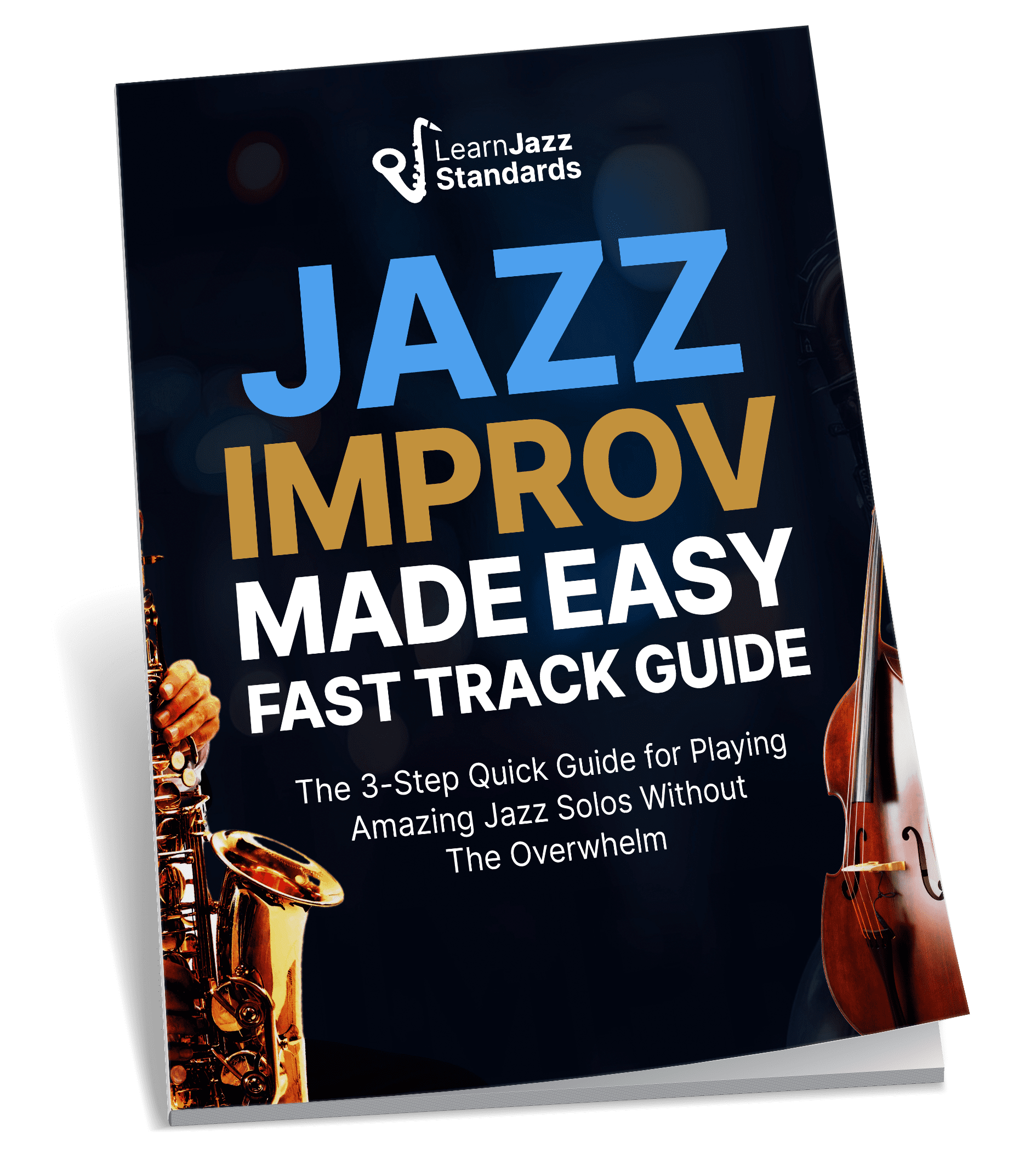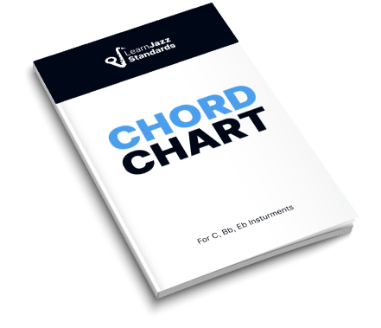We’ve all felt the frustration of hearing great ideas in our head but then not being able to translate them onto our instruments. Scatting killer solo’s in the shower or in the car comes with blissful ease, but when you start playing your instrument it’s as if all of that has gone out the window.
Wouldn’t it be great if you could just play what you hear? Well you can, but of course it doesn’t come for free.
Jazz music is a music that depends on the ability of the ear for survival. It’s all about improvisation and expression, not reading notes on a page. This is why when we learn jazz standards we don’t learn them from sheet music, we learn them by ear. When all the greats like Cannonball Adderley and Jackie McLean were coming up and going to Charlie Parker’s gigs, they were dumbfounded by what he was playing. They wanted to sound like this guy who was absolutely revolutionizing the music. I’ll tell you what they didn’t do: they didn’t go down to their local music store and by a Charlie Parker Licks book for $13.99. No! They were going to all of his gigs and soaking up his music. They were listening to his records non stop and trying to learn his lines!
Now don’t get me wrong, there is nothing wrong with buying a music book to help you learn how to play. In fact I’ve written one myself! I have a very liberal approach to learning music and I believe you can draw from a lot of different resources to learn. Also, some learn differently than others, but you can never replace having a great ear!
Developing your ear is the most important thing you can do as a jazz musician. I would trade being an excellent site reader or having great technique for a good ear any day. The problem is we talk about having a great ear all of the time, but how do we go about developing it? Like anything, we need to have some practical applications set in place to help us achieve this goal.
Here are two ways you can take your ear to the next level:
Transpose.
I was playing a gig a while back with a singer. I’ve played with lot’s of singers before but what was different about this time was he didn’t bring any charts! If you know anything about playing with singers you know that it’s a rare occasion that they are actually singing in the original key. It’s always something weird! So there he was, calling standards but in different keys. Occasionally he actually would sing a tune in the original key, but often the band was transposing. What great practice that was! I was being forced to open my ears as wide as they could go to make these transpositions. Some of them were easy, others were not.
If you’ve been following Learn Jazz Standards for a while, you already know that we preach practicing in all 12 keys religiously. Practicing tunes or even musical phrases in all 12 opens up your ears like you wouldn’t believe. It forces you to make the connection from what you are hearing in your head to translating it to your instrument. Knowing something in one key offers only one perspective to that musical content. If you learn it in all 12 keys its as if you’ve stepped back and can finally see the bigger picture.
Learn solos by ear.
Nothing can be more appropriate for a jazz musician to practice than solos off of a record. It truly goes back to the roots of the music to sit down, listen to a line, and figure it out on your instrument. You don’t have to learn entire solo’s (although that can be great to do). Find lines or phrases off of your favorite musician’s records and learn them by ear. This can be a very “ear” opening experience. Learning solo’s by ear is by far one of the best things I’ve ever done for my playing.
One of the best examples of this is when I learned John Coltrane’s solo on My Shining Hour (a very good solo to learn by the way). Not only that, but I combined this with my first point: I took the entire first chorus of his solo through all 12 keys. Okay, I know this is quite obsessive and you don’t have to go this far, but it truly did improve my ear. Think of all of that incredible music I was learning by ear and then having the capability of playing it in any key! I can’t play his solo anymore. Despite the amount of effort I spent on it, time has eroded my memory of it. This is okay with me though. I don’t want to play John Coltrane’s lines at my gigs. I want to play my own music! But by learning his music by ear and transposing it to all 12 keys, my ears improved immensely. It’s now easier to play what’s in my head, and with more ear training practice it will only keep getting better.
-Brent Vaartstra
To learn more about this author visit www.brentvaartstra.com.


